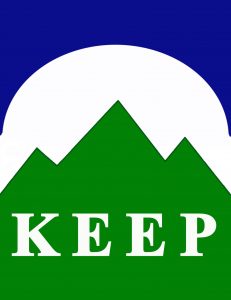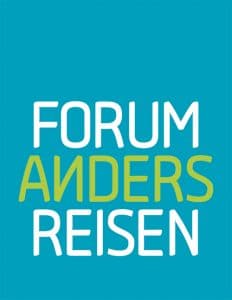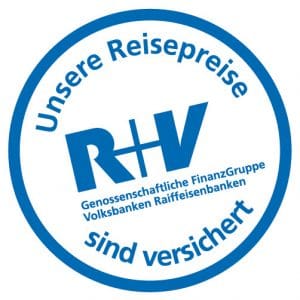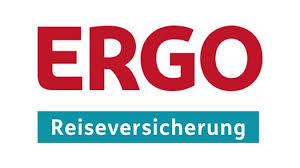Frequently asked questions – Bhutan
Which languages are spoken?
Dzongkha is now the national language, which was originally spoken only in Western Bhutan. English is widely spoken in main towns and it is the medium of education in all schools.
What is the currency in Bhutan?
Bhutan unit of currency is Ngultrum (Nu.). 1 US$ = 64 Nu. (June 2015).
Credit cards are accepted only in a few places. Visitors are advised to carry cash (US Dollars or Euros).
Are any vaccinations required?
There are no vaccinations required for traveling to Bhutan at this time. However, you should be vaccinated against tetanus, hepatitis A and diphtheria. We recommend you consult your GP (general practitioner) in good time, about three months before your trip.
What is the standard of accommodation?
At tourist destinations standard hotels, lodges and guesthouses are fairly comfortable. Hotels in western Bhutan are better than those in the central and eastern part of the country, where accommodation establishments are simple and offer minimum facilities. Most of the hotels have running hot and cold water.
What kind of food is eaten?
The staple diet of a typical Bhutanese person is rice. Most of the curries have generous helpings of hot chilies and cheese. Hotels and restaurants usually offer Bhutanese, Continental, Chinese and Indian cuisine. Most meals are served buffet style.
What is the climate like?
The central valleys, namely Punakha, Wangdiphodrang, Mongar, Trashigang and Lhuntshi are characteristic of a semi tropical climate with very cool winters. Thimphu, Tongsa and Bumthang have a harsher climate with heavy snowfall that often blocks the passes leading into the central valleys during winter. Monsoon rains in summer are heavy. Eastern Bhutan is generally warmer than the western region, and southern Bhutan enjoys a tropical climate.
Mid -March to May is spring in the higher valleys with warm days (20° C) and cool nights. The summer season starts by June with day temperatures between 27° to 29° C. The rainy season starts in July and continues till mid -September. Clear skies and mild weather accompany the autumn months of September to November. Winter is from mid -November until mid -March. Day temperatures can vary between 16° and 18° C on sunny days, while night temperatures can fall below freezing.
What would be an appropriate tip for the guide and driver?
If you are happy with their service we recommend allowing for around € 10 – 15 per guide per day and about € 6 – 10 per driver. Although our guides and drivers receive a fair wage, it must be remembered that their work is seasonal. You can have a clear conscience that you will be providing additional support to families when you give a tip!
Are special adapters required?
Electricity in Bhutan is reasonably reliable and runs 220/240 volts. An international converter kit with a set of adapter plugs may be required if travelers bring along electrical appliances.
What are the communications facilities?
Reliable telephone and internet services are available in all towns in Bhutan. International connections are excellent. Internet cafes are few in number and available only in a few places. Calling from the hotel is expensive. You can bring your cell phone. Your guide will help you buy a local SIM card.
Which time zone does Bhutan have?
Bhutan standard time is 6 hours ahead of GMT and there is only one zone throughout the country.
Are there any customs rules?
The export of antiques, plants and animal products are strictly prohibited. Personal electronic equipment such as cameras, video cameras and computers must be declared on arrival and will be checked upon departure.
Is photography equipment available?
Photo shops in Bhutan do not offer quality equipment or accessories. It is advisable to bring along enough batteries if required.
What kind of clothing should be worn?
Cotton and light woolen clothes can be worn in the summer months. The monsoon months call for rain gear and comfortable shoes. The rest of the year requires heavy woolen garments and coats to keep out the cold.
Is smoking permitted in public places?
Smoking in public places is banned. The sale of cigarettes is illegal.
What kinds of toilets are available in Bhutan?
There are very few public toilets available. Most hotels are equipped with western toilets and toilet paper. The toilets may not be up to international standards. The flush is Indian style and not “feather touch” therefore you will need to flush it at least twice before it works.
What should be considered when buying souvenirs?
When buying souvenirs, please be careful as most of the products are brought from India. If you are interested in buying genuine souvenirs, please ask the guides.
Is Bhutan safe for female travelers?
Attitudes towards women: Bhutan takes pride in its lack of class system and an absence of sexual discrimination. Bhutanese women have the same rights as the men, including rights of education, voting and holding positions in the government.
Safety Precaution Women, both foreign and Bhutanese are not subject to harassment and do not need to take any special precautions, other than following sensible practices of behavior and dress.
What is travelling like for senior visitors?
Due to the high cost of traveling in Bhutan, many senior visitors travel in organized groups. Hotel guides and tour operators are all familiar with the needs of the senior and treat them with traditional respect that the Bhutanese have for their elders. The primary precaution one should take is to have an ample supply of any special medicines, as they probably will not be available in Bhutan.
What is travelling like within Bhutan?
All major towns in the 20 districts of Bhutan are accessible by road. Despite high mountains, steep slopes, and the deepest of valleys Bhutan has a relatively well developed network of roads. It is difficult to find a length of either straight or flat road. In some stretches one can encounter 6 to 7 bends per kilometer! Steep ascents and descents are characteristic of road travel in Bhutan and this can make traveling much slower than one may be used to. The average driving speed is 40 km per hour.





